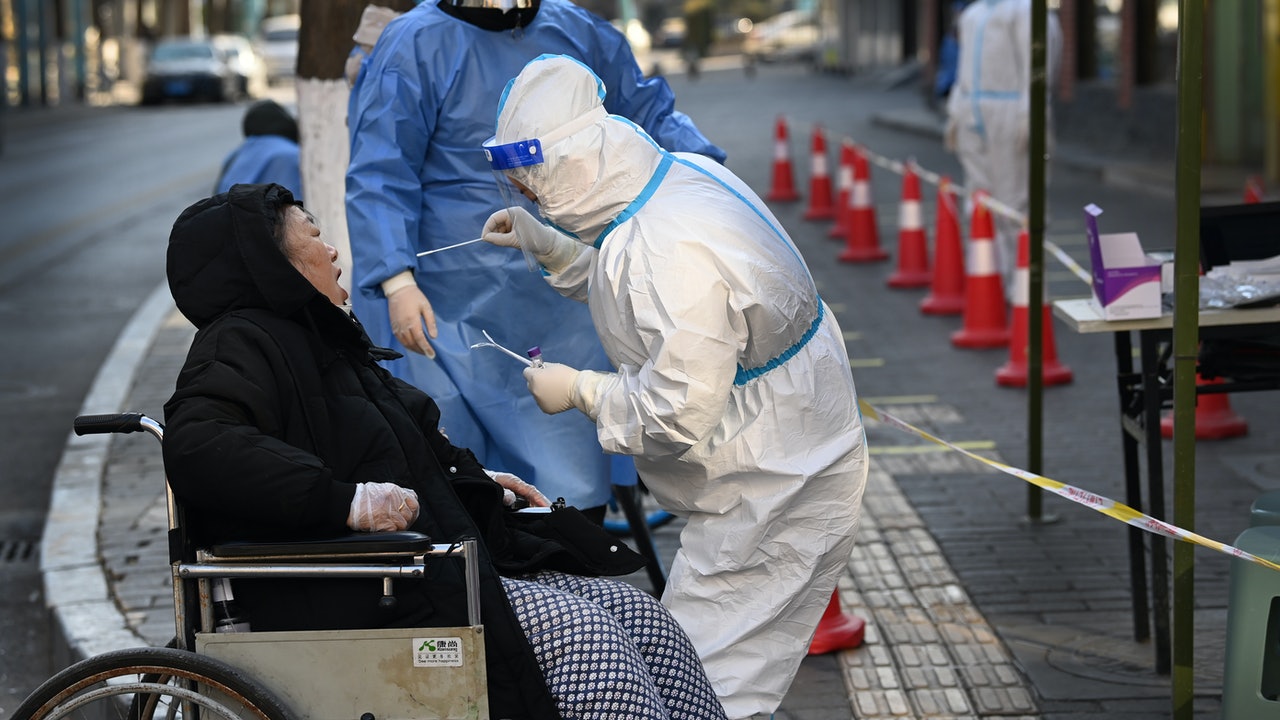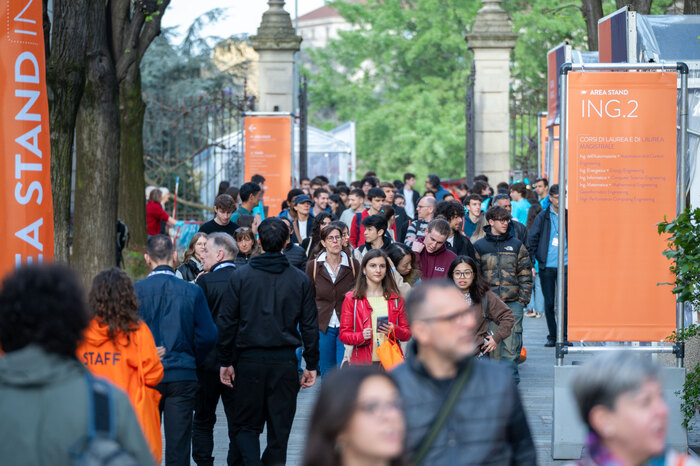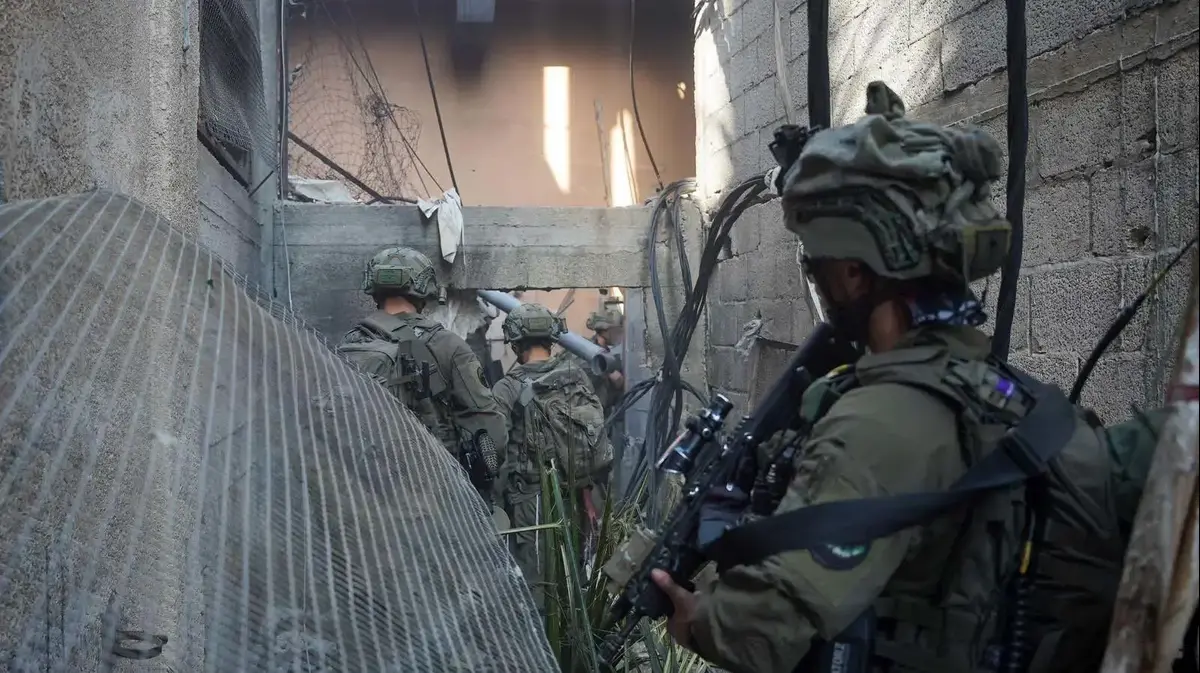In just over 30 days, the city of Xi'an, Shaanxi Province fought a tough battle against the new coronavirus.
On December 9, 2021, a local epidemic broke out in Xi'an; on December 23, the authorities began to adopt closed management commonly known as "closure of the city" to prevent the spread of the epidemic; on December 31, a total of 1,451 new confirmed cases were added in the city; until this year On January 5, the "inflection point" finally appeared.
It is difficult for many people to imagine that, when the country has two years of experience in epidemic prevention and the foreshadowing of Wuhan's closure, Xi'an, the largest city in Northwest China, has such an unsatisfactory performance in epidemic prevention and control.
How did Xi'an go through these 30 days?
What local governance lessons should we learn from this?
Based on the current information from all parties, the source of the current round of epidemic in Xi'an is estimated to be an inbound flight from Islamabad, Pakistan to Xi'an on December 4, 2021, and the first locally confirmed case was reported on December 9, 2021.
But unfortunately, 20 days later, that is, until December 30, the authorities have not figured out how the epidemic transmission chain was formed, which shows that there are obvious deficiencies in the transfer work.
As China News Weekly with an official background quoted virus experts in the article "Interrogating the epidemic in Xi'an, why is the emergency performance of a city with a population of 10 million like this"? Whether it leaked from the epidemic prevention hotel to the community or from the airport when entering the country is unclear.”
The reason is inseparable from Xi'an's obvious shortcomings in scientific prevention and control, precise prevention and control, and normalized prevention and control.
It is reported that the size of the transfer team in Xi'an is only 300 people, and it is difficult to meet the transfer needs of a mega city like Xi'an with a permanent population of 12.95 million.
You must know that in Shanghai, with a permanent population of 24.87 million, the size of the transfer team will be 3,100 as early as the beginning of 2021. According to the ratio of the transfer team to the city's permanent population, the transfer team in Xi'an should have at least 1,000 people.
However, because there are only 300 people in the transfer team, the ability of the transfer team in Xi'an is severely restricted. As a result, it is not only difficult to quickly identify the transmission chain of the epidemic, but those transfer workers must be overloaded and physically and mentally exhausted.
In September 2021, the State Council held a National New Coronary Pneumonia Epidemic Prevention and Control Experience Seminar in Shanghai, calling on all localities to learn from the epidemic prevention experience in Shanghai and other places, and "work hard at the earliest time, at the lowest level, and at the lowest cost to obtain the greatest prevention and control effect."
Before that, the People's Daily, a subsidiary of the People's Daily, published an article, "Do both hard and soft!
Shanghai has handed over another "model homework"", using the mouth of Dr. Zhang Wenhong, director of the Department of Infectious Diseases of Huashan Hospital Affiliated to Fudan University, to describe Shanghai's epidemic prevention experience: "Zhang Wenhong said that Shanghai has achieved 'wide, fast, and early', that is, Screening should be extensive, response speed should be fast, the epidemic should be controlled at an early stage through fever sentinel clinics and fever clinics, and the most critical problems should be solved at the lowest cost, so that people can enjoy more peace of mind and be less disturbed.”
Obviously, because Xi'an can't do this at all, it can only adopt nucleic acid testing for all staff, which is more expensive and has a greater impact on the normal life of ordinary people.
But what is unexpected is that even if the nucleic acid test of all staff is carried out, the local organization and coordination work in Xi'an is full of loopholes, which makes people laugh and cry.
According to some netizens in Xi'an, the process of nucleic acid testing for all staff in Xi'an was rather chaotic. A large number of people gathered together, there was no minimum safe distance, people were next to each other, and there were no special personnel in many places to maintain order. People waiting in line for nucleic acid testing , smoking cigarettes, chatting chatting, queue jumping, many people don't even wear masks, which in turn brings the risk of cluster infection.
The article in "China News Weekly" also described the chaos of nucleic acid testing in Xi'an. "Nucleic acid testing, for many citizens, is also very difficult." "A local netizen posted on Weibo that yesterday (December 21, 2021) ) Nucleic acid test in Xi'an Aerospace Xinghe Park, queuing for 5 hours in the cold wind until dark, as a result, hundreds of people were told that the test could not be completed due to the collapse of the nucleic acid system; another nucleic acid collection point was notified that the samples that had been collected were invalid due to the collapse of the system. , needs to be re-collected.”
As of December 29, 2021, Xi'an City has conducted 6 rounds of nucleic acid testing for all employees.
It is conceivable that such frequent nucleic acid testing of all staff in the bitterly cold winter has not only disturbed the general public, but also those epidemic prevention staff and grass-roots cadres are even more distressed. Where can they tell their tiredness?
The article in China News Weekly also wrote: "What's even more devastating is that the health code system in Xi'an also broke down. Buses and subways were unable to produce green codes and nucleic acid test reports, and they queued up to manually register their identities one by one; Some people choose to walk to the work unit, but they find that they cannot enter the office building without a yard pass, and then they walk home, and they cannot enter the community.” It is puzzling that even a basic health code system cannot be maintained well in a town with a population of 10 million. .
A few days ago, in order to protect the living materials of the people in the area under the jurisdiction, the staff in a supermarket in Qujiang New District, Xi'an distributed the free living materials to be distributed.
(Xinhua News Agency)
Due to the chaos and loopholes in the above-mentioned epidemic prevention and control, the virus continued to spread. In desperation, Xi'an decided to close the city on December 23, 2021.
This is another mega-city with a population of 10 million in China that has adopted lockdown measures following the closure of Wuhan on January 23, 2020.
As the experience of Wuhan’s closure of the city nearly two years ago has shown, the closure of the city is really the last resort in the process of epidemic prevention, because once the city is decided to be closed, it will inevitably shut down the city and economic activities. Studying, living, and seeing a doctor have had a serious impact, especially for some moonlight people who lack savings, migrant workers living in group rental houses, and small businesses and hawkers.
Looking back at the early days of Wuhan’s closure, it was also faced with the same problem. For a time, people’s grievances arose, and it was not until later that the country supported the whole country, and the Wuhan government was more thorough and meticulous in mobilizing, organizing, and coordinating the supply of daily necessities. Slowly ease the dissatisfaction of the people and rebuild the credibility of the government.
But what is surprising is that, given the lessons learned from Wuhan's closure, Xi'an's emergency plan work, organization and coordination work have not been done better, but instead are full of problems and at a loss, causing a considerable number of people's dissatisfaction. A crisis of confidence.
Xi'an was closed on December 23, 2021. The night before, a large number of people poured into the supermarket to scramble for supplies, causing people to gather.
At first, the authorities stipulated that each family can go out to purchase once every two days, which once eased the anxiety of the public. However, the relevant regulations were abolished for no apparent reason. Many families were caught off guard and suddenly fell into the dilemma of lack of food and vegetables.
On December 29, 2021, Shanxi News Network's official Weibo account "Western.com" posted a Weibo post "Xi'an Municipal Bureau of Commerce responds to the difficult problem of grocery shopping". As a result, 3,000 people in Xi'an left messages, many of them complaining. There is a shortage of food and vegetables, and there are even complaints about "don't eat unless necessary" and "drinking the northwest wind".
It stands to reason that with the support from all over China, it is believed that the supply of living materials in Xi'an is sufficient as the local officials say, so why are so many families still facing the plight of lack of food and vegetables?
According to the communication between the author and local friends and the feedback from netizens, the problem should be the "last mile" of the supply of daily necessities, that is, most of the couriers and delivery personnel who are usually responsible for material distribution cannot go out, but the government failed to timely A reserve force was organized, resulting in empty supplies, but it was difficult to deliver them to the people in time.
Of course, this is closely related to the management level of different districts and sub-district offices in Xi'an. Better-level communities can deliver free daily necessities in a timely manner. Many people thank the government for the arrangement through the Internet. On the contrary, especially urban villages and migrant worker construction sites In other three-no communities, the local people are anxious because of lack of food and vegetables.
In addition, the problem of medical treatment after the closure of the city is also more prominent.
From time to time, there have been reports on the Internet that some patients were sent to the doctor without a car or received by the hospital, and even high-risk pregnant women who were in labor openly asked for help, which made people sympathetic and worried.
A friend from Xi'an told the author that his friend's father was suffering from pancreatic cancer and needed to be hospitalized recently. However, because private cars are prohibited from traveling, and the government has not organized public vehicles, the only way to get to the hospital is by taxi. It takes a long time to reach the hospital.
The problem is, from the perspective of epidemic prevention, taxis are not necessarily safer than private cars.
Such a case is presumably not an isolated instance.
In fact, Wuhan also encountered a similar situation two years ago. Later, each community in Wuhan was equipped with a certain number of public vehicles, which were allocated by the community according to the needs of residents.
It is not difficult to solve this problem, but the difficulty is that Xi'an lacks such awareness and organization and coordination ability.
The different performances of different jurisdictions and sub-district offices in Xi'an after the closure of the city highlights the overall shortcomings and serious imbalances in the level of grass-roots governance.
Because grassroots officials are the specific symbols and spokespersons of public power at the grassroots level, their governance level, responsibility and service attitude are directly related to the image of public power in the hearts of the people.
In the same way, because different people have different grass-roots officials in different regions and street offices, their impressions of public power are often different.
The overall performance of Xi'an's epidemic prevention is not satisfactory, which naturally affects the credibility of the Xi'an government.
But at the same time, those areas and sub-district offices that perform better are still different from those that perform poorly, which explains why some people in Xi'an are more satisfied with the government, while others have more negative emotions.
Throughout the ages, in times of catastrophe, individuals are often the most vulnerable.
In the face of the sudden virus, Xi'an did not make an emergency plan because of the serious shortcomings of epidemic prevention and control, so that the epidemic continued to spread and the problem became more and more serious. In the end, all staff had to undergo nucleic acid testing and the city was closed.
However, the effective control of the epidemic cannot be just a simple nucleic acid test for all staff and a city closure, but requires very comprehensive and meticulous scientific arrangements, which can not only clear the chain of epidemic transmission, early detection, early isolation and early treatment while reducing the flow of people, but also It is necessary to do a good job in ensuring people's livelihood - whether it is urban villages and migrant workers stranded on construction sites, people without savings, citizens facing shortage of living materials, and patients in need of medical treatment, there should be proper resettlement.
People take food as their heaven, and people's livelihood is the biggest politics.
Only by thoroughly and meticulously addressing the people's urgency and serving the needs of the people will the people trust, support and cooperate with the government's epidemic prevention policies, the epidemic will be brought under control sooner, and the city will return to normal sooner.
The same is true in Hong Kong.















